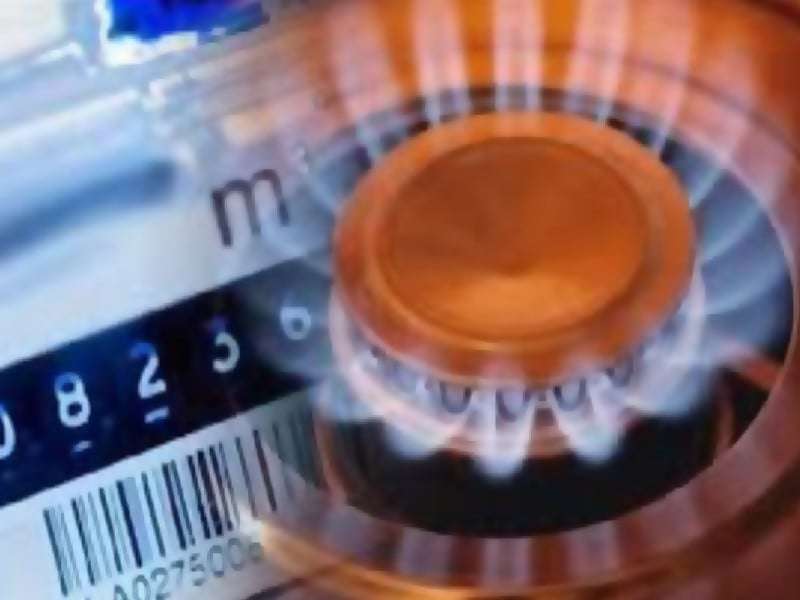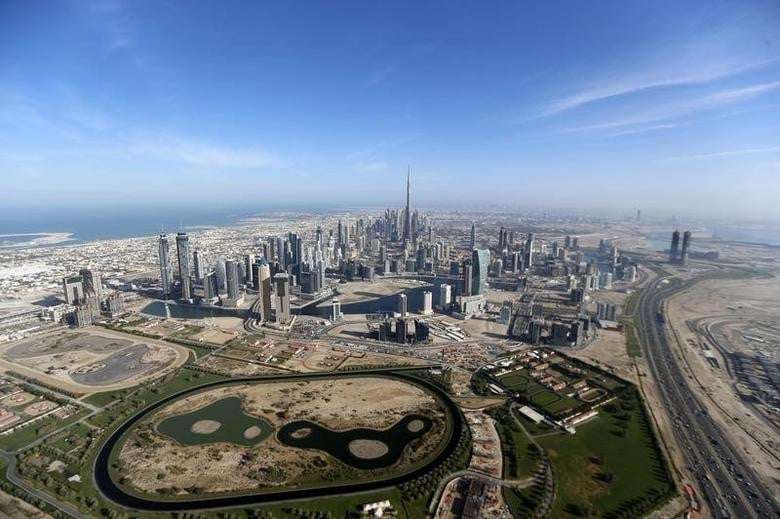H1: Gas Prices Skyrocket by 850% in Four Months, Exposing Economic Strain in Pakistan
The recent revelation by the Pakistan Bureau of Statistics (PBS) has shocked the nation, showing a staggering 850% increase in gas prices in just four months. This dramatic rise in prices is part of a broader trend of inflation affecting basic commodities, including food and energy. According to official reports, the rise in gas prices is attributed to changes in electricity and gas tariffs under the International Monetary Fund (IMF) program, as well as domestic economic challenges.
H2: The Surprising Surge in Gas Prices
The PBS report presented during a National Assembly session chaired by Deputy Speaker Ghulam Mustafa Shah highlights the significant increases in gas tariffs. Specifically, gas prices increased by 520% in November 2023, followed by an additional 319% hike in February 2024. These hikes have had a direct impact on the overall inflation rate, causing significant distress to households and industries alike.
Gas is a fundamental resource for heating, cooking, and various industrial processes. With such a sharp increase in gas prices, many businesses face increased operational costs, and households are burdened with higher utility bills. This sudden escalation is expected to ripple through the economy, raising costs across various sectors.
H2: Rising Costs Across Essential Commodities
Beyond gas, other essential commodities have seen similar price hikes. According to the PBS, sugar prices have increased by 53.5%, while palm oil has risen by 61% over the past five years. Soybean oil, wheat, and crude oil prices have also surged by 35% during this period. These price increases, especially in the food and energy sectors, have contributed to the rising cost of living in Pakistan, creating economic challenges for everyday consumers.
H3: Electricity Prices Add to the Inflationary Pressures
Alongside gas, electricity prices have also seen considerable hikes. In November 2023, electricity tariffs increased by 35%, and again by 75% in February 2024. These hikes are primarily due to adjustments made under the IMF program, which has been instrumental in Pakistan’s economic policies over recent years. The rising cost of electricity is another major contributor to the overall inflationary trend.
The combination of rising energy costs and increasing commodity prices has created a complex economic environment, where households are struggling to meet basic needs, and businesses are facing higher operational costs.
H2: The Government’s Response to Rising Inflation
In response to the rising inflation, Prime Minister Shehbaz Sharif congratulated the nation on a slight decrease in the weekly inflation rate. According to official data, the Sensitive Price Index (SPI) recorded a decrease of 3.57% year-on-year in the week ending on December 5. This decrease was attributed to lower prices for vegetables and pulses. However, the prices of essential items like edible oil, potatoes, and onions have continued to rise, offsetting the positive developments in other sectors.
While the government takes credit for this decrease, it is clear that the economic challenges remain significant, with inflationary pressures still heavily impacting the everyday lives of Pakistan’s population.
H3: Rising Taxes and Their Impact on Consumers
In addition to the rising commodity prices, the government has also introduced significant taxes in the past five years, particularly in the telecommunications sector. According to the Ministry of Finance, mobile phone users have been charged PKR 338 billion in taxes over the past five years. This considerable tax burden has added to the financial strain on consumers, further complicating the nation’s economic situation.
The rising cost of living, coupled with high taxes, has led many citizens to question the government’s economic policies and its ability to address inflation effectively.
H2: The ADB’s Role in Supporting Pakistan’s Power Sector
Amidst the rising inflation and economic turmoil, the Asian Development Bank (ADB) has stepped in to provide support for Pakistan’s power distribution sector. The ADB has approved a $200 million loan aimed at modernizing Pakistan’s power distribution infrastructure. The loan will be used to improve the efficiency and sustainability of the country’s electricity distribution systems, particularly in key regions served by the Lahore Electric Supply Company (LESCO), Multan Electric Power Company (MEPCO), and Sukkur Electric Power Company (SEPCO).
The Power Distribution Strengthening Project, as it is known, will focus on upgrading transmission lines, reducing energy losses, and making the power infrastructure more resilient to climate risks. The project aims to ensure that Pakistan’s electricity grid can handle increasing demand and improve the quality of service for consumers.
H3: Reducing Energy Losses and Improving Revenue Protection
One of the main objectives of the ADB project is to reduce energy losses during transmission, which have been a persistent issue in Pakistan’s power sector. These losses result in reduced revenue for the power companies and contribute to the financial instability of the sector. By improving infrastructure and reducing these losses, the project aims to ease the financial pressures on Pakistan’s power sector and provide a more reliable electricity supply to consumers.
Yevgeniy Zhukov, the ADB’s Director General for Central and West Asia, emphasized the importance of reliable electricity in improving the quality of life for Pakistanis. He noted that the project would not only reduce losses but also enhance the financial sustainability of the power distribution system, helping to address the growing demand for electricity.
H2: Key Takeaways
The rising gas and electricity prices are a clear indicator of Pakistan’s economic challenges, with inflation affecting key sectors such as energy and food. The PBS report’s staggering statistics on price hikes in essential commodities and the government’s efforts to address inflation through IMF-backed reforms highlight the severity of the economic strain. While the slight reduction in inflation rates offers some hope, the long-term solution lies in comprehensive economic reforms and addressing the root causes of inflation.
The ADB’s $200 million loan for power sector modernization represents a positive step toward improving Pakistan’s energy infrastructure, but it remains to be seen how effective these measures will be in alleviating the overall economic pressures facing the nation.
FAQs
Q1: Why did gas prices increase by 850% in Pakistan? The sharp increase in gas prices is mainly due to tariff hikes implemented under the IMF program. Gas tariffs were raised by 520% in November 2023 and 319% in February 2024.
Q2: How have electricity prices contributed to inflation? Electricity prices have risen by 35% in November 2023 and 75% in February 2024, significantly contributing to inflationary pressures in the country.
Q3: What is the ADB’s role in Pakistan’s power sector? The ADB has approved a $200 million loan to modernize Pakistan’s power distribution infrastructure, aiming to improve efficiency, reduce energy losses, and make the system more resilient to climate risks.
Q4: How much tax have mobile phone users paid in the past five years? Over the past five years, mobile phone users have been charged PKR 338 billion in taxes, further increasing the financial burden on consumers.
Q5: What is the current inflation rate in Pakistan? As of December 5, 2024, the Sensitive Price Index (SPI) indicated a 3.57% decrease in inflation compared to the previous year, although inflation remains a significant concern due to rising prices for essential goods
ALSO READ


